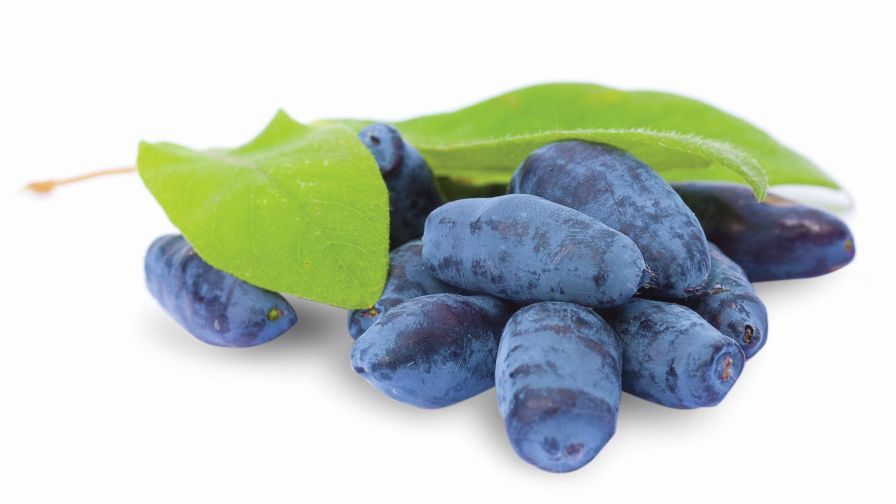Growers In Canada See Bright Future For Haskap Berry

Haskap berries (Photo credit: haskapa.com)
Health benefits are fueling the growth of the berry industry. But for haskap berry growers, the health benefits are just one of the big draws — as well as the curiosity of trying something completely new.
Eldon Smith is a retired doctor who was looking to start a small farm.
“I heard the name haskap, and did some research. I was fascinated by the health attributes of this berry and decided it would be great to be involved in introducing it,” Smith says.
Growers say the haskap berry’s claim to fame is it contains three times the antioxidants of a highbush blueberry and it has more vitamin C than an orange.
The haskap berry is a part of the honeysuckle family and it resembles a long blueberry. These plants are native to Russia and Japan, where the berry gets its name. Breeding programs began in Canada and in the U.S. in the late 1990s. It is also known as the honeyberry.
“[It] has crimson flesh and a flavor somewhere between blackberry, raspberry, and blackcurrant,” Liam Tayler, commercial director for Haskapa, a Nova Scotia haskap grower cooperative, says.
It’s Not Just An Oversized Blueberry
Despite the resemblance to blueberries, growers say the similarity stops there. More alkaline soils are needed for these plants to flourish. These bushes are hardy, and are well-suited for colder zones. They take around five or six years to get into full production, with yields of four to five pounds per bush. They’re also very early to harvest, around the same time as strawberries.
“This may offer a big advantage to growers in the local fresh fruit market, and also lead to opportunities for processors, who might otherwise be waiting until later in the summer to process other fruit,” says Richard Mayon-White of Western Branch Haskap Orchards in Bridgewater, NS, Canada.
Harvesting haskap berries by hand is labor-intensive. Growers say it’s best to shift to mechanized harvest once the bushes are established.
Berry Good Future
Growers in Canada are hoping to build upon the haskap berry’s renown in Japan as a premium health fruit in North America.
“We are very confident that the future is really positive for haskaps. There seems to be a huge amount of interest in the berry here in Canada and the U.S., and as the health benefits are researched more fully, there are real possibilities,” Mayon-White says.










